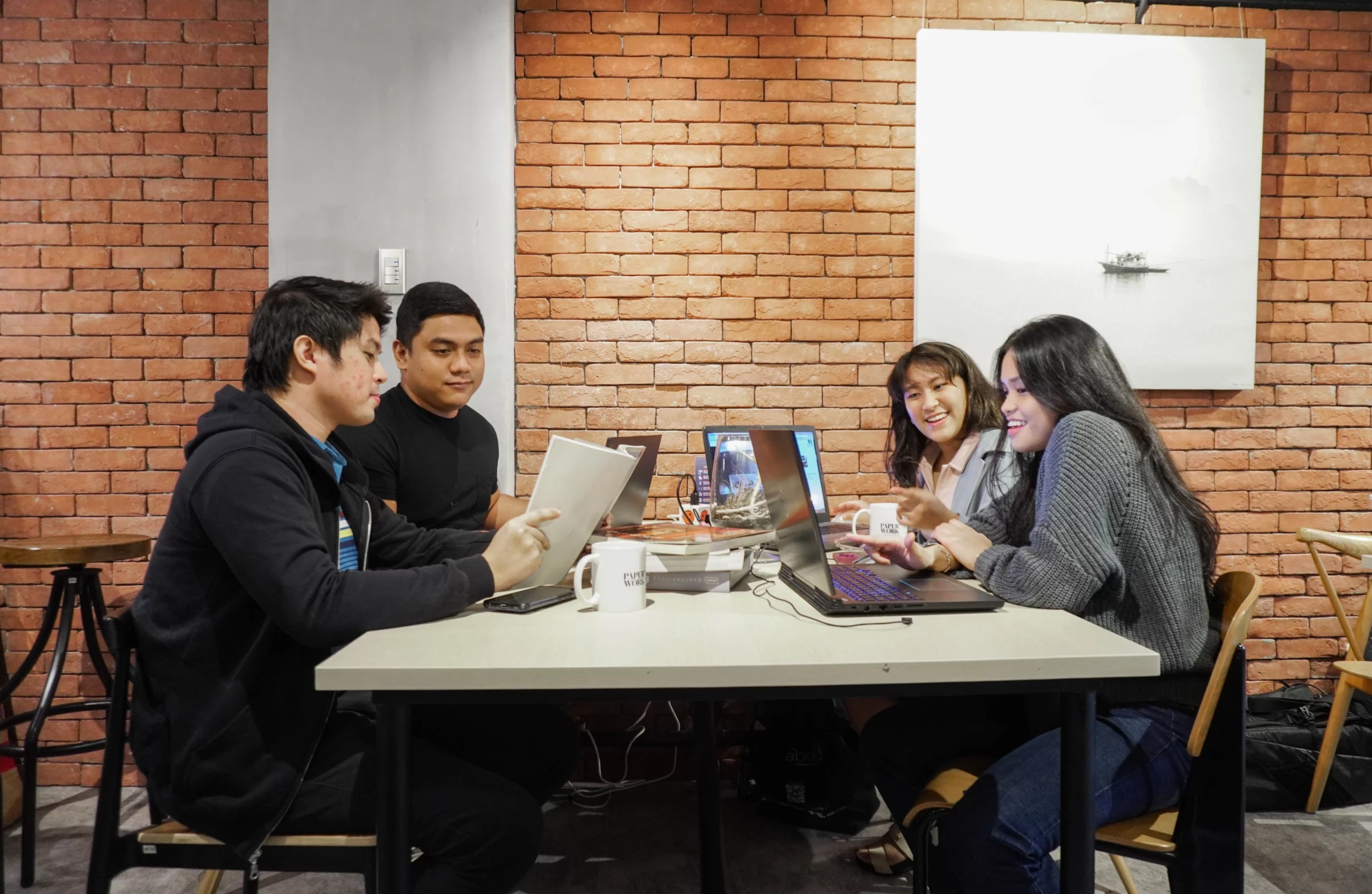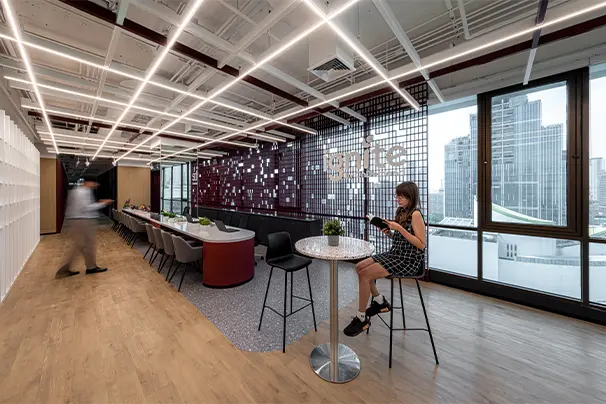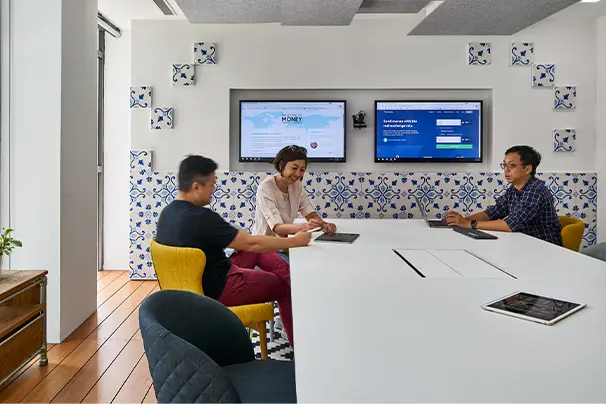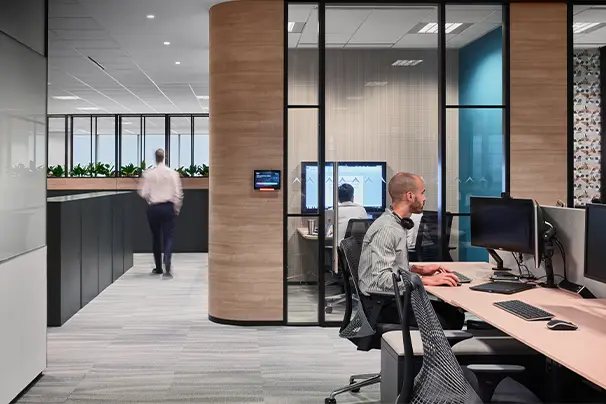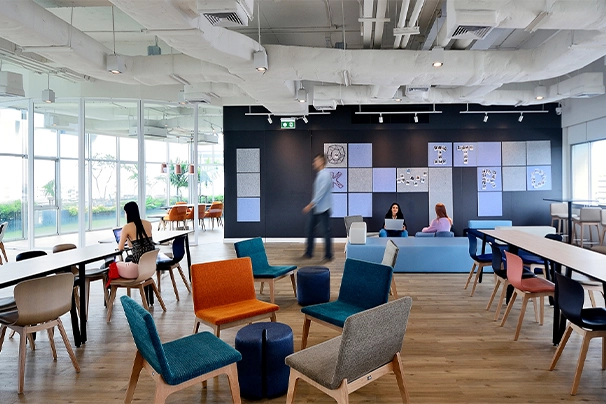Shaping Hybrid Office through the lens of Coworking
23 February 2021
With sudden shifts towards and acceptance of remote work, the Covid-19 pandemic has abruptly challenged a decade of corporate real estate and workplace design decisions by calling into question the purpose of large centralized office locations with many organisations permanently shifting towards a fully remote or hybrid workforce.

While remote work will continue to be a permanent fixture in our lives, the office will require a fresh, new approach to address newly formed expectations, needs and work habits that have emerged from the global remote work experience. Although most individuals can work productively in a remote or virtual environment, people still need a space to come together, connect, and socialise with their colleagues and teams to collaborate effectively, build relationships and maintain cohesion.

As organizations move forward post-pandemic, the next steps require lasting change to address these expectations and developments in new ways of working. How can organizations manage this transition? What will be required of the workplaces of the future?
As workplace strategists that double as co-working operators of Paperwork, we see the co-working model as an archetype for what a hybrid office could look like. Since its reopening post-lockdown, we are observing a new reality of working taking shape at the office, and have identified three pillars of co-working that drive people back into the workplace:
Purpose Beyond Space
Running Paperwork in various parts of Asia has helped us realize that the success of coworking lies in more than just space. A diverse work environment makes the engine, but community is the glue that holds people together. Every community has its unique blend of diversity and, in an uncertain time fraught with challenges personally and professionally, it is more so important to keep engagements ongoing and inclusive. By focussing on needs, we create safety and rapport, paving the way for a warm welcome back to the office.
“The pandemic has left many individuals to their own devices, and people are now more open to collaborate. This is the time to help each other out.”
Karen Calelec, Director of Paperspace & Paperwork Philippines
Users are becoming more deliberate about their choices to return, and at Paperwork, we see a significant uptick in participation at social and knowledge-sharing events. It seems that nothing can replace being around like-minded folks, even if it means talking through a mask for a good half-day.

“It’s a big advantage to be at Paperwork – sometimes we exchange ideas, sometimes we share about the process of innovation. This place fits our company’s purpose.”
Harold Koh, Founder of Nextevo, at Paperwork’s fireside chat event held December 2020
| Implications for The Hybrid Office: There is an increased need for investment into the cultural and behavioural components of work in a hybrid/remote environment. The future is a flexible work environment that caters to the needs of all employees, giving them the most fulfilling work experience that allows them to do their best work. |

Thoughtful Design
The home office may be all decked up, but home is usually a place that actively stays out of work. While WFH had its moment of initial appeal, it’s lost its luster for many workers who are turning to co-working spaces for a more productive, professional setting. As pioneers in the shared-workplace model, co-working spaces have somewhat mastered the art of purpose-driven design, providing a variety of spaces for all your work needs from meetings (meeting rooms, phone booths) to casual collisions and socialisation (pantry areas, cafes, lounges), and head down focused work (flex desks, team rooms, or private offices).
Most co-working spaces also design strategically to align with the values and profiles of their tenants, creating a sense of identity through the look and feel of the space creating an attractive ‘destination office’ that users want to work from, and makes them feel at home.
| Implications for The Hybrid Office: As organisations shift to a hybrid office, space can be used more efficiently. Without the need to provide a desk for every employee, the hybrid office can be designed to be flexible and collaborative, enhancing company culture and building community. |
Flexibility
In today’s rhythm of part-remote and part-office, work patterns have found a new beat. The notion of routine tasks and a fixed-hour work day are fading as quickly as our memories belonging to a mask-free world. Co-working environments offer flexibility to drop in across the week, when and as needed. This arrangement fully supports the longer-term shift towards a hybrid-work lifestyle, which takes on different forms for different people.
| Implications for The Hybrid Office: Employees want more flexibility in when and how they work. A hybrid office will provide flexibility and choice that helps to motivate, inspire, and support the needs and patterns of many different individuals within the organisation. |
Without the need to be physically present for all work tasks at all times, a coworking environment sets the scene for what a hybrid office can achieve. While ‘hybrid’ is key to understanding the more flexible future of work, it encompasses many possible solutions. For organisations, getting it right will take time and experimentation to identify the right design, and map out behavioural changes required to enhance the employee experience and support organisational culture in a hybrid office environment.
As the COVID-19 workplace restrictions start to relax, what will define your hybrid office and workplace strategy? Could you possibly create coworking within your workplace environment?
Special thanks to the people at Paperwork Singapore, Thailand and Philippines for openly sharing their thoughts to facilitate this write-up.
TAGS
join our newsletter
Subscribe to receive the latest updates and news on design,
workplace strategy and research into your inbox.

